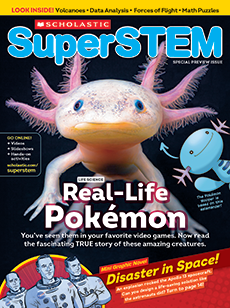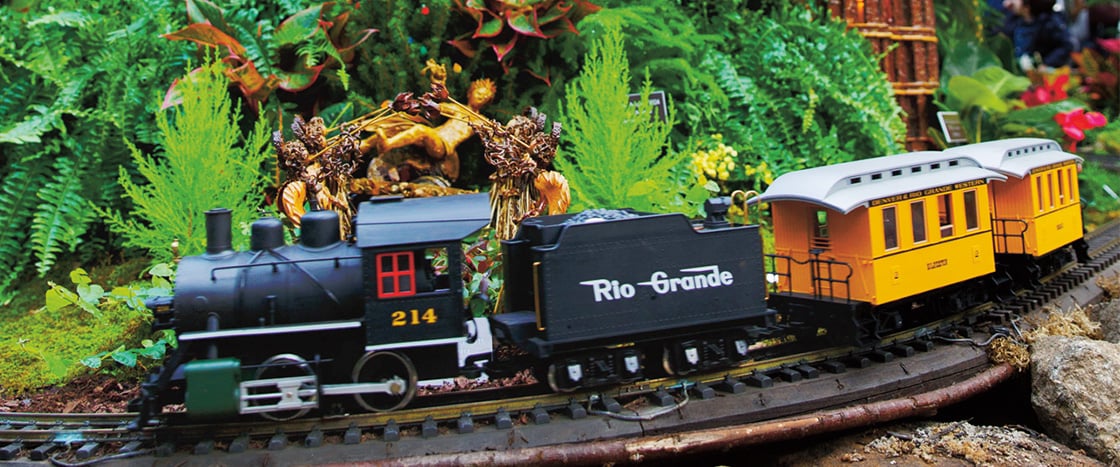A colorful train weaves through a twinkling city, past elegant mansions and towering skyscrapers. But it won’t be picking up passengers anytime soon. The tiny model train is part of the Holiday Train Show at the New York Botanical Garden (NYBG).
The event is held in a giant greenhouse in New York City every year from November through January. It features electric model trains chugging past miniature versions of New York landmarks like Yankee Stadium, the Brooklyn Bridge, and the Empire State Building. Each structure is made almost entirely out of leaves, bark, and other objects from nature.
A colorful train weaves through a twinkling city. It zooms past mansions and skyscrapers. But it won’t be picking up passengers anytime soon. That’s because it’s a tiny model train. It’s part of the Holiday Train Show. It takes place each year at the New York Botanical Garden (NYBG).
The event is held in a giant greenhouse in New York City. It lasts from November through January. It features electric model trains. They chug past tiny models of New York landmarks. They include Yankee Stadium and the Brooklyn Bridge. There’s also an Empire State Building. Each landmark is made mostly of leaves, bark, and other objects from nature.

